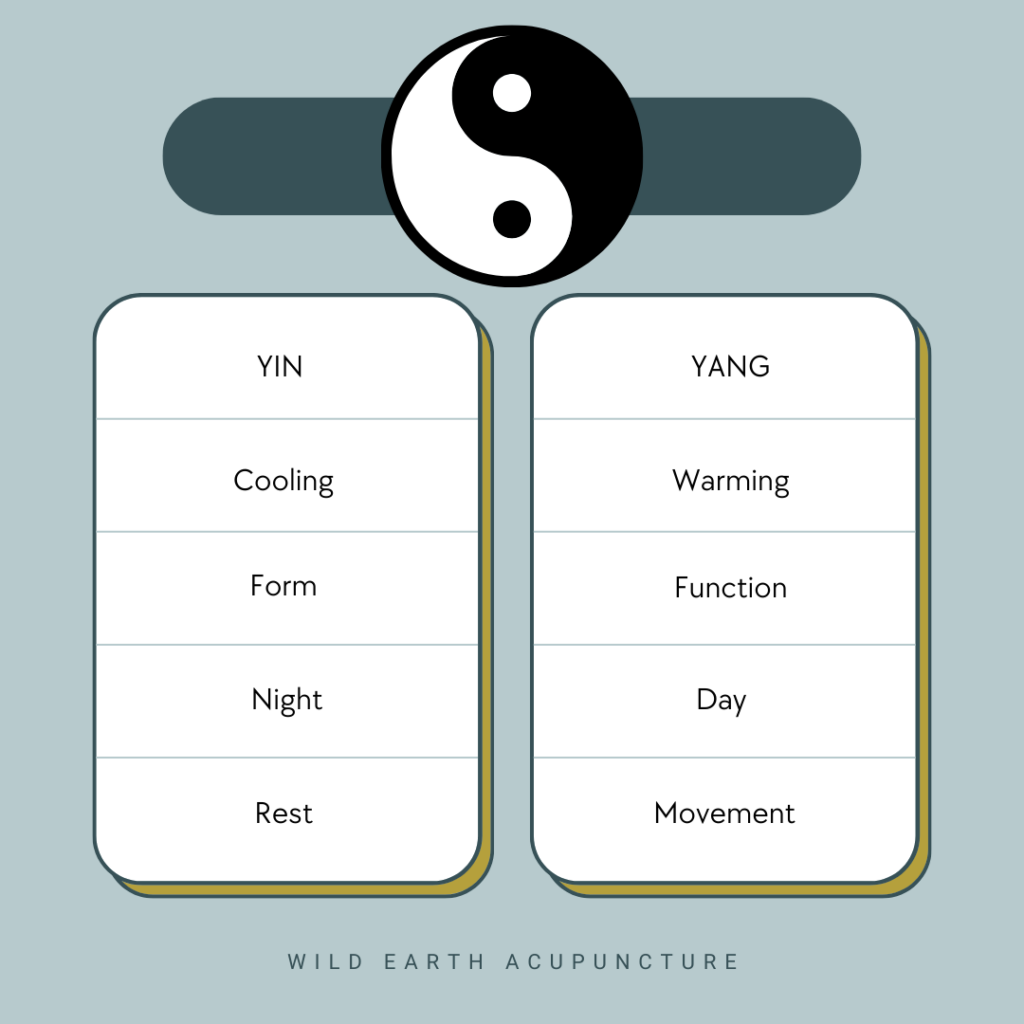Cooling Meats and Foods for Dogs and Cats: A Perspective from Chinese Medicine
Cooling Meats and Foods for Dogs and Cats: A Perspective from Chinese Medicine
In recent years, there has been a growing interest in alternative approaches to pet nutrition, including incorporating principles from traditional Chinese medicine (TCM). One aspect of TCM is the concept of food energetics, which categorizes foods based on their thermal properties and their effects on the body. In this blog, we’ll explore the concept of cooling meats and foods in the context of TCM and how it can be beneficial for the health and well-being of our canine and feline companions.
Understanding Food Energetics in Chinese Medicine:
In TCM, foods are classified into various categories, including cooling, neutral, and warming, based on their energetic properties. The goal is to maintain balance within the body by consuming foods that counteract any existing imbalances. Cooling foods are believed to have a cooling effect on the body, helping to reduce inflammation, calm excessive heat, and promote overall balance.
Cooling Meats and Foods for Dogs and Cats:
When it comes to selecting cooling foods for our pets, it’s essential to focus on ingredients that are not only cooling, but also provide essential nutrients for optimal health. Here are some cooling meats and foods that can be beneficial for dogs and cats:
- Fish: Fish such as salmon, mackerel, and sardines are considered cooling in TCM. They are rich in omega-3 fatty acids, which can help reduce inflammation and support healthy skin and coat.
- Duck: Duck meat is cooling in nature and can be a good alternative protein source for pets with sensitivities to other meats. It’s rich in protein and essential nutrients like iron and B vitamins.
- Rabbit: Rabbit meat is considered cooling in TCM and can be a good alternative protein source for pets with food sensitivities or allergies. It’s lean and highly digestible, making it suitable for pets with sensitive stomachs.
- Turkey: While turkey was mentioned in the previous blog as a neutral meat, it’s important to note that different parts of the turkey may have varying energetic properties. For example, turkey breast is considered cooling, while darker meat like turkey thighs may have a neutral or slightly warming effect.
- Whitefish: Whitefish such as cod, haddock, and flounder are considered cooling in TCM. They are low in fat and calories but high in protein and essential omega-3 fatty acids, which support heart health, joint function, and a shiny coat.
- Pork: Pork is generally considered a neutral meat in TCM, but certain cuts such as pork loin are believed to have cooling properties. It’s essential to choose lean cuts of pork.
- Fruits and Vegetables: Many fruits and vegetables are cooling in TCM and can be incorporated into your pet’s diet as healthy snacks or additions to their meals. Examples include watermelon, cucumber, celery, and spinach.
- Yogurt: Plain yogurt is considered cooling in TCM and can be beneficial for pets with digestive issues. It contains probiotics that promote gut health and can help maintain a balanced microbiome.
Incorporating a variety of cooling meats into your pet’s diet can help balance their internal environment, reduce inflammation, and support overall health and well-being. As always, consult with a veterinarian to ensure that your pet’s nutritional needs are being met, and consider rotating different protein sources to provide a well-rounded diet.
Benefits of Cooling Foods for Pets:
- Reducing Internal Heat: Cooling foods are believed to have a cooling effect on the body, helping to reduce internal heat and inflammation. This can be particularly beneficial for pets experiencing symptoms such as redness, swelling, or discomfort associated with inflammatory conditions like arthritis, allergies, or skin irritations.
- Calming Digestive Upset: Excess heat in the body can disrupt digestive function and lead to symptoms such as diarrhea, vomiting, or gastrointestinal discomfort. Cooling foods are thought to soothe and cool the digestive tract, helping to alleviate these symptoms and promote digestive balance.
- Balancing Immune Response: In TCM theory, excessive heat can provoke an overactive immune response, leading to allergic reactions or autoimmune conditions. By incorporating cooling foods into the diet, it’s believed that the body’s immune system can be regulated, reducing the likelihood of inflammatory responses to allergens or environmental triggers.
- Supporting Skin Health: Heat-related conditions often manifest on the skin in the form of rashes, hot spots, or itching. Cooling foods may help soothe inflamed skin and promote healing, making them beneficial for pets with dermatological issues or allergies.
Examples of specific conditions that cooling foods may help alleviate in pets include hot spots, allergic reactions, inflammatory bowel disease (IBD), urinary tract infections, and conditions exacerbated by heat such as respiratory distress or panting in hot weather.
It’s important to note that while cooling foods can be beneficial for pets, moderation and balance are key. Every pet is unique, and their nutritional needs may vary based on factors such as breed, age, and underlying health conditions. Before making any significant changes to your pet’s diet, consult with a veterinarian or a holistic veterinarian experienced in TCM to ensure that it’s appropriate for your pet’s individual needs.
Conclusion: Incorporating principles from traditional Chinese medicine, such as food energetics, can offer valuable insights into optimizing the health and well-being of our canine and feline companions. By selecting cooling meats and foods that align with the principles of TCM, we can help support their overall health, vitality, and longevity.

